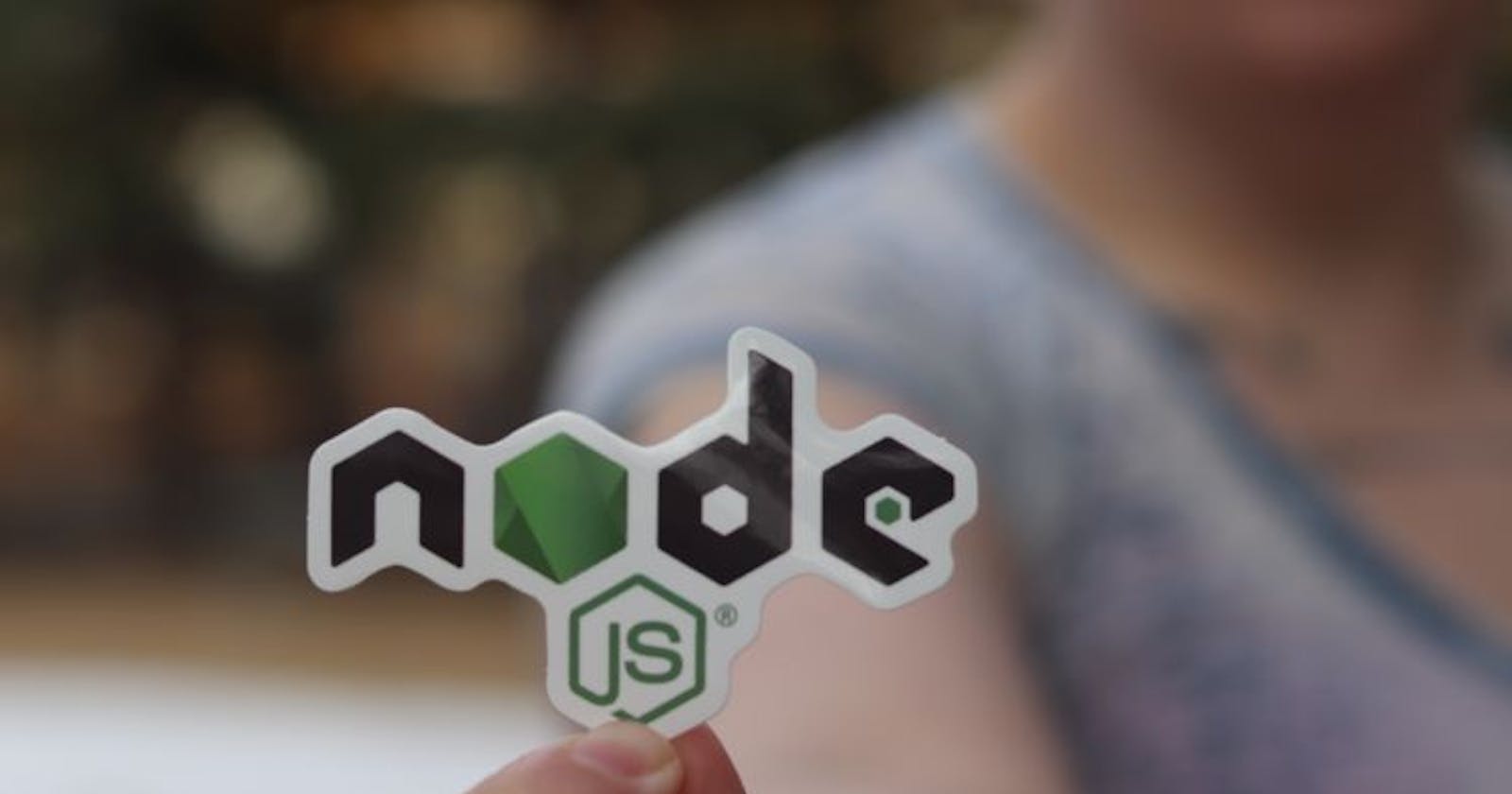Installing Node Server on Your PC: A Step-by-Step Guide
How To Install Node Server On Your Personal Computer
Node.js has become an integral part of modern web development, allowing web developers to create dynamic and interactive web applications. There are lots of online guides on web development to get your started but today we will look into what you need in order to get started with installing Node.js on your PC.
This article will walk you through the process, step by step.
/ima
Step 1: Download Node.js
Visit the official Node.js website at nodejs.org.
You will see two versions available for download: LTS (Long Term Support) and Current. For most users, it's recommended to download the LTS version as it provides a stable environment for development.
Click on the LTS version, which is typically highlighted in green.
Step 2: Run the Installer
Once the installer file is downloaded, locate it in your downloads folder (or wherever your browser saves downloads).
Double-click the installer file (usually named something like
node-v14.17.6-x64.msifor Windows). This will start the installation process.
Step 3: Customize Installation (Optional)
During the installation process, you'll be presented with a few options. Here are some key ones to consider:
Node.js: This is the core Node.js runtime. It's necessary for running JavaScript on your machine.
npm: npm (Node Package Manager) is included automatically with Node.js. It's a powerful tool for managing packages and dependencies for your projects.
Make sure both options are checked, as they are fundamental for working with Node.js.
Step 4: Verify Installation
After the installation is complete, it's a good idea to verify that Node.js and npm are installed correctly. Open your terminal or command prompt and type the following commands:
node -v
This command will return the version of Node.js you installed, confirming that it's properly installed.
npm -v
This command will return the version of npm, verifying that it was installed along with Node.js.
Step 5: Setting Up a Simple Node.js Server
Now that you have Node.js installed, let's create a basic server to make sure everything is working.
1) Create a new directory for your project and navigate into it using the terminal:
mkdir my_node_server
cd my_node_server
2 ) Create a new file named server.js using a text editor of your choice. Add the following code to create a simple HTTP server:
const http = require('http');
const server = http.createServer((req, res) => {
res.end('Hello, World!');
});
const PORT = process.env.PORT || 3000;
server.listen(PORT, () => {
console.log(`Server is running on http://localhost:${PORT}`);
});
Save the file and return to your terminal. Run the server with the following command:
node server.js
- Open your web browser and go to localhost:3000. You should see "Hello, World!" displayed on the page.
That's it! You've successfully installed Node.js on your PC and created a simple server.
Installing Node.js is the first step towards building dynamic web applications. From here, you can start exploring the vast ecosystem of Node.js packages and frameworks to enhance your development experience. Keep learning and experimenting, and you'll soon be building powerful applications with Node.js!
If you want to install the same on your web server then try connecting to the server via SSH Terminal. Refer to this guide for SSH Terminal Commands.

